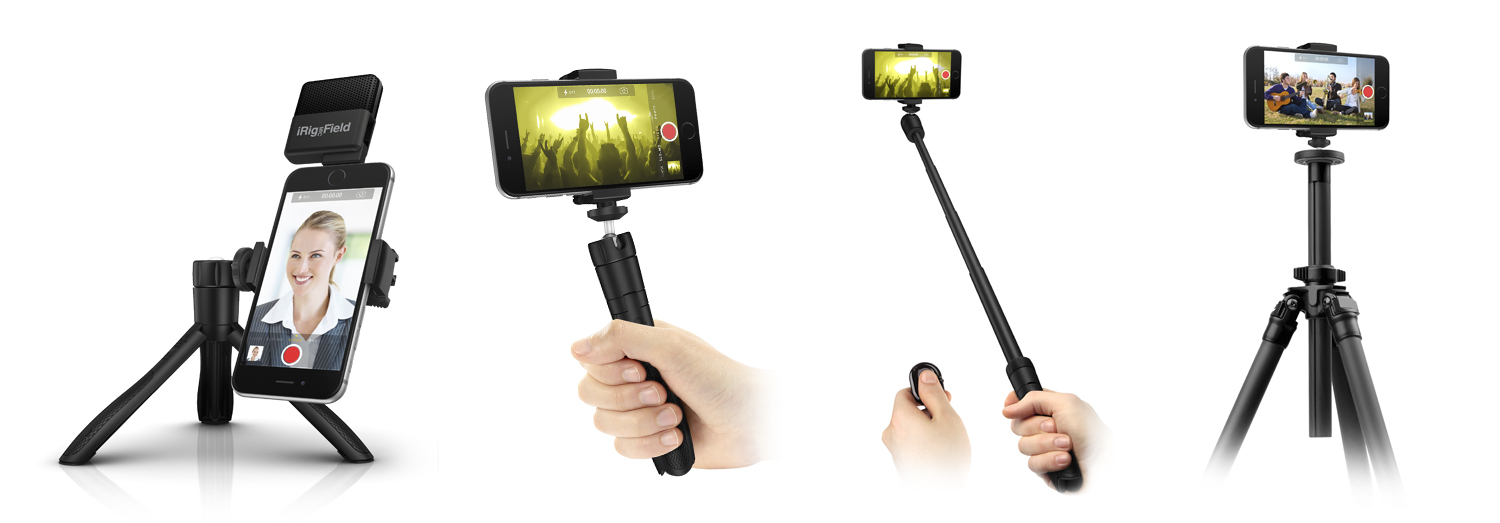Practice makes perfect! The old adage usually applied to learning something new like playing a musical instrument or sport. But what about drawing? If practiced regularly, I think anyone can draw well although most people think you either got the talent or you don’t. The challenging part, is tuning everything out and warming up to practice. I teach my design students on the first day of class each semester some basic exercises to practice different mediums, and train their muscles, eyes, and minds to “sync up” to produce better results before tackling a more complex drawing.
Try it out - try to draw some straight lines, perfect circles, and ellipses. Throw in some curvilinear lines. Stay fast and loose. Try standing up. Think about what your elbow, wrist and shoulder is doing and fine tune your movement. When you start feeling good and you got your head in the right state of mind to draw, move on to a more complex drawing. I’m sure you will find you enjoy drawing more and your results will be better with a little practice!
To show how I practice warm up drawing exercises, I wanted to use Vine, a simple app to feature looping videos. I’ve been captivated by this medium since I discovered it back in July of this year. Some of the loops are incredible and I enjoy watching them again and again - especially in the Art channel. One of my favorite “Viners” is Pinot - very inspiring! I found Vine particularly useful for showing processes or animation like Pinot. Or utilized to pique someone’s interest in a subject to explore further. Because of these things, I chose it as a particular social medium I would like to explore to feature design topics. This is my first Vine of many I hope.
The first barrier to entry to use Vine effectively for me was figuring out how I should prop my phone up to record myself drawing. The vine app requires that you hold down on the screen of your phone for the duration you would like to record. Obviously this is not conducive to any physical activity or drawing especially. I can’t hold the phone and draw at the same time! I’ve seen other incredibly complex Vines out there so I know there was some other way to create these Vines. I did a little research and found iKlip Grip was a great product to use as a tripod.
I went to my nearest Apple store to find it and I asked one of the workers, where this product was. He walked me to the back of the over crowded store and pointed to the selfie stick section. He had no clue it was a multi-functional device and thought it was just a selfie stick. I picked it up and showed the box to him and pointed out all of the features, mainly, it can be a desktop tripod or extended height tripod with a Bluetooth shutter remote. By the looks of this young man, I was twice his age so this was gratifying to point out something “new” to the youngster.
 |
| iKlip Grip |


Comments
Post a Comment